
Reflection on the summaries of 2013
Exhibition of semester works at the Bauhaus-University in Weimar
In mid-July, the Bauhaus University in Weimar traditionally hosts an exhibition called summaery, which summarizes the results of students' work over the entire year. For four days, the campus along with the whole city transforms into a lively stage. Exhibitions, concerts, video installations, performances are held here, and the actors have a great time doing it.
From Bauhaus to Bauhaus
Weimar is considered the cradle of Bauhaus. Here, in 1919, the State Bauhaus was created by merging the Saxon Grand Ducal School of Fine Arts and the Saxon Grand Ducal School of Arts and Crafts. However, for political reasons, the father of Bauhaus Walter Gropius had to relocate to the Saxony-Anhalt town of Dessau in 1925, from where the school gained worldwide fame and thus entered the textbooks of art and architectural history. In Weimar, the school continued under the name of the College of Building and Fine Arts. In the 1950s, it was renamed the University of Architecture and Civil Engineering and focused especially on the development of building materials. At the beginning of the 1990s, it was renamed again to Bauhaus-University to signify which tradition it intended to continue to uphold.
In its focus, Bauhaus-University could be approximately compared to an applied arts school. It consists of four faculties – the Faculty of Civil Engineering, Media, Arts, and Architecture. Currently, there are 24 professorships at the Faculty of Architecture. (In the Czech context, a professorship roughly corresponds to the term institute.) In recent years, interdisciplinary collaboration and internationality have become the main mottos. In 2012, the university was even awarded the title 'International School of the Year'. In this spirit, the newly opened programs like Advanced Urbanism, offered in collaboration with Tongji University in Shanghai, and MediaArchitecture, a program at the intersection of architecture and media, are structured.
“I am thrilled with this year's summaery. There was incredible life! It's an immensely important moment in the life cycle of the school when everyone comes together for a common goal. A unique atmosphere of cohesion is created, which is actually more important to me than the produced results of individual projects. I would label the presentation of the SpaceColony project as a very successful example – a courtyard full of people had a great time at it,” reflected architect Martin Bielik, who works in the professorship of Informatics in Architecture.
The project SpaceColony E13 was developed as part of the collaboration between the Faculty of Civil Engineering and the Faculty of Architecture, under the leadership of Professor Rainer Gumpp and Professor Jürgen Ruth. The main theme was building on the moon, which is connected with extreme conditions and high transport demands requiring new, creative solutions. Concepts such as quality and sustainability were explored, and the abstracted results of this process were constructed in a 1:1 model.
A remarkable emphasis is placed on teaching at a 1:1 scale in the studio. Every summer semester, first-year students in the dean's professorship of the faculty, Professor Bernd Rudolf, design and build pavilions for the exhibition themselves. This time, four pavilions were created on the theme 'Schlemmer's Islands in the Sea of Summaery', which served as places for seating and refreshments.
“I especially appreciated the experience of working in workshops. Working with wood is a matter of course here. At home, students sometimes have their models made on request due to time constraints, which is almost unthinkable here. One always lives out their design in the workshop firsthand,” reflected her experiences from her stay as an Erasmus student at the Faculty of Architecture of CTU, Simona Prylová. “I realized how differently architectural education can be perceived. I miss, for example, the emphasis on the technical and construction aspect of designs, which I am used to from home. On the positive side, I was surprised by the high quality of graphic processing of the works, which are held to high standards here. I am fascinated that students can try to build their own designs as the school collaborates on various projects with other universities.” This year, there were indeed many international projects to be seen. In Professor Walter Stamm-Teske's housing construction professorship, students worked on the topic of contemporary housing in Istanbul, while Professor Karl-Heinz Schmitz tasked his students with a school in Hradek. In contrast, the professorships focused on city construction this semester concentrated exclusively on the redevelopment and potential growth of Berlin (for example, Professor Hilde Barz-Malfatti with the Urban Neighborhood Pankow project – a new piece of the city).
And to conclude, Simona says: “I would definitely recommend everyone to change their field of action for a while – studying abroad offers an opportunity for comparison, reflection, and opens new horizons.”
More information >
Weimar is considered the cradle of Bauhaus. Here, in 1919, the State Bauhaus was created by merging the Saxon Grand Ducal School of Fine Arts and the Saxon Grand Ducal School of Arts and Crafts. However, for political reasons, the father of Bauhaus Walter Gropius had to relocate to the Saxony-Anhalt town of Dessau in 1925, from where the school gained worldwide fame and thus entered the textbooks of art and architectural history. In Weimar, the school continued under the name of the College of Building and Fine Arts. In the 1950s, it was renamed the University of Architecture and Civil Engineering and focused especially on the development of building materials. At the beginning of the 1990s, it was renamed again to Bauhaus-University to signify which tradition it intended to continue to uphold.
In its focus, Bauhaus-University could be approximately compared to an applied arts school. It consists of four faculties – the Faculty of Civil Engineering, Media, Arts, and Architecture. Currently, there are 24 professorships at the Faculty of Architecture. (In the Czech context, a professorship roughly corresponds to the term institute.) In recent years, interdisciplinary collaboration and internationality have become the main mottos. In 2012, the university was even awarded the title 'International School of the Year'. In this spirit, the newly opened programs like Advanced Urbanism, offered in collaboration with Tongji University in Shanghai, and MediaArchitecture, a program at the intersection of architecture and media, are structured.
“I am thrilled with this year's summaery. There was incredible life! It's an immensely important moment in the life cycle of the school when everyone comes together for a common goal. A unique atmosphere of cohesion is created, which is actually more important to me than the produced results of individual projects. I would label the presentation of the SpaceColony project as a very successful example – a courtyard full of people had a great time at it,” reflected architect Martin Bielik, who works in the professorship of Informatics in Architecture.
The project SpaceColony E13 was developed as part of the collaboration between the Faculty of Civil Engineering and the Faculty of Architecture, under the leadership of Professor Rainer Gumpp and Professor Jürgen Ruth. The main theme was building on the moon, which is connected with extreme conditions and high transport demands requiring new, creative solutions. Concepts such as quality and sustainability were explored, and the abstracted results of this process were constructed in a 1:1 model.
A remarkable emphasis is placed on teaching at a 1:1 scale in the studio. Every summer semester, first-year students in the dean's professorship of the faculty, Professor Bernd Rudolf, design and build pavilions for the exhibition themselves. This time, four pavilions were created on the theme 'Schlemmer's Islands in the Sea of Summaery', which served as places for seating and refreshments.
“I especially appreciated the experience of working in workshops. Working with wood is a matter of course here. At home, students sometimes have their models made on request due to time constraints, which is almost unthinkable here. One always lives out their design in the workshop firsthand,” reflected her experiences from her stay as an Erasmus student at the Faculty of Architecture of CTU, Simona Prylová. “I realized how differently architectural education can be perceived. I miss, for example, the emphasis on the technical and construction aspect of designs, which I am used to from home. On the positive side, I was surprised by the high quality of graphic processing of the works, which are held to high standards here. I am fascinated that students can try to build their own designs as the school collaborates on various projects with other universities.” This year, there were indeed many international projects to be seen. In Professor Walter Stamm-Teske's housing construction professorship, students worked on the topic of contemporary housing in Istanbul, while Professor Karl-Heinz Schmitz tasked his students with a school in Hradek. In contrast, the professorships focused on city construction this semester concentrated exclusively on the redevelopment and potential growth of Berlin (for example, Professor Hilde Barz-Malfatti with the Urban Neighborhood Pankow project – a new piece of the city).
And to conclude, Simona says: “I would definitely recommend everyone to change their field of action for a while – studying abroad offers an opportunity for comparison, reflection, and opens new horizons.”
More information >
The English translation is powered by AI tool. Switch to Czech to view the original text source.
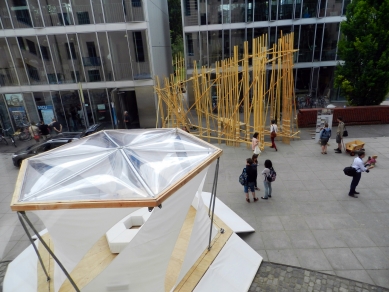
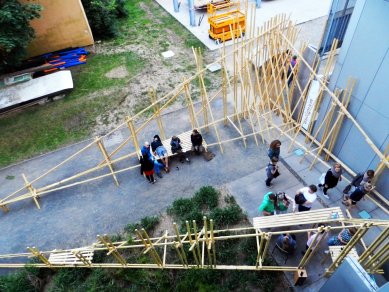

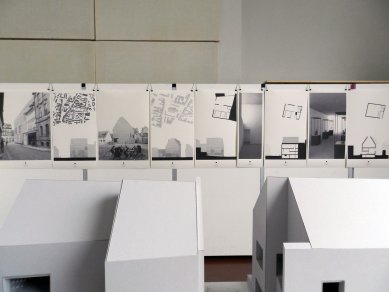
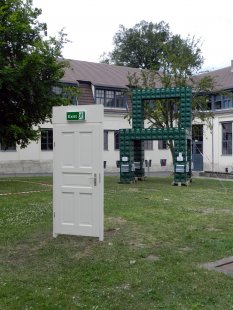
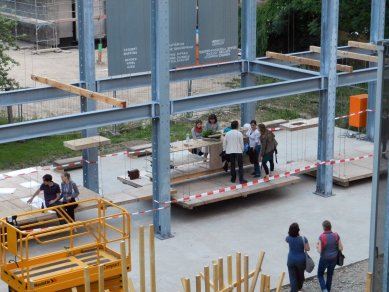
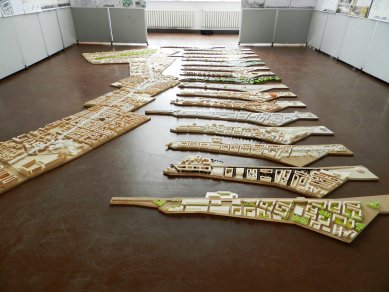
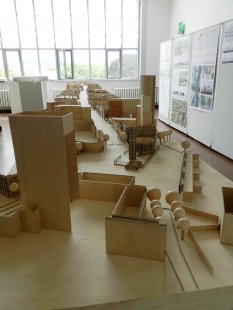
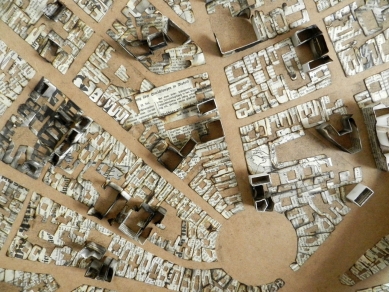
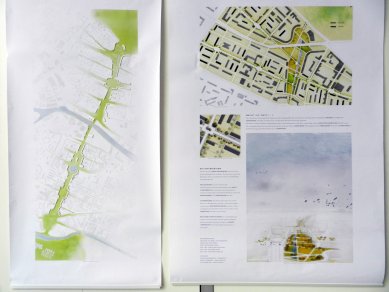
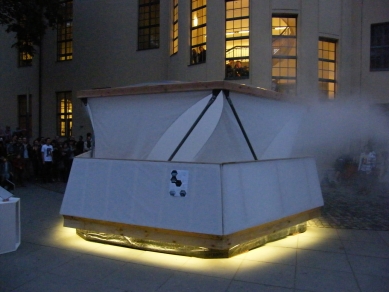
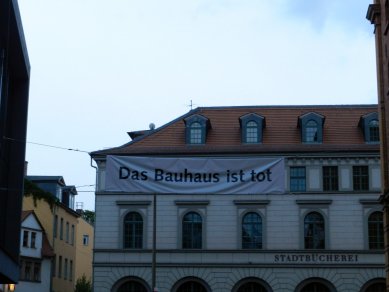
0 comments
add comment










